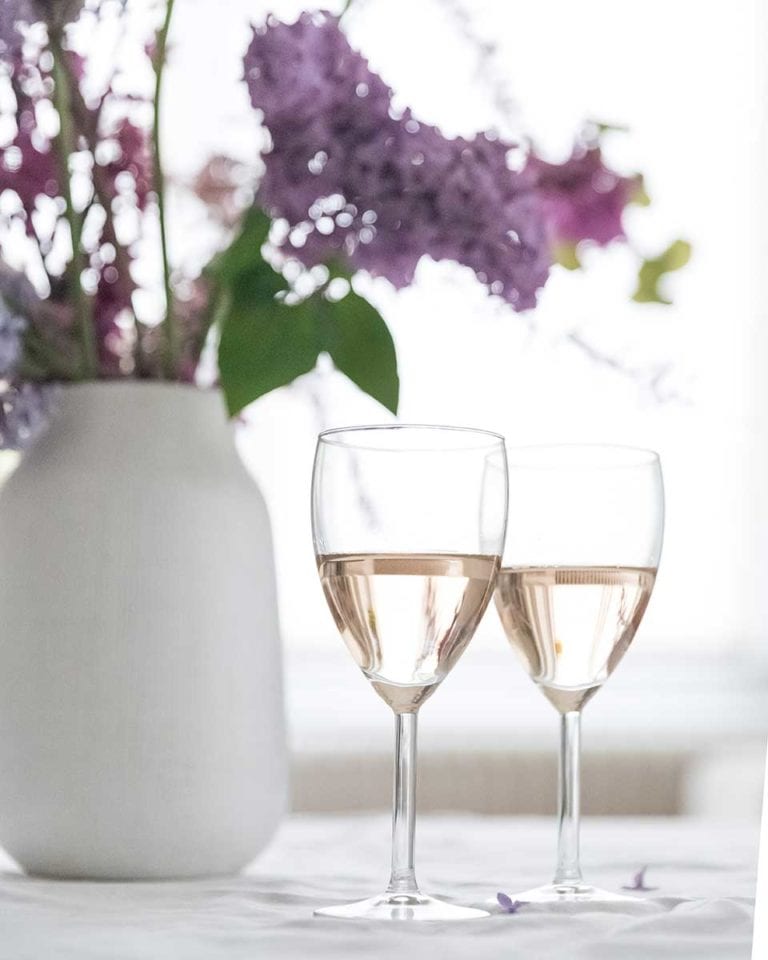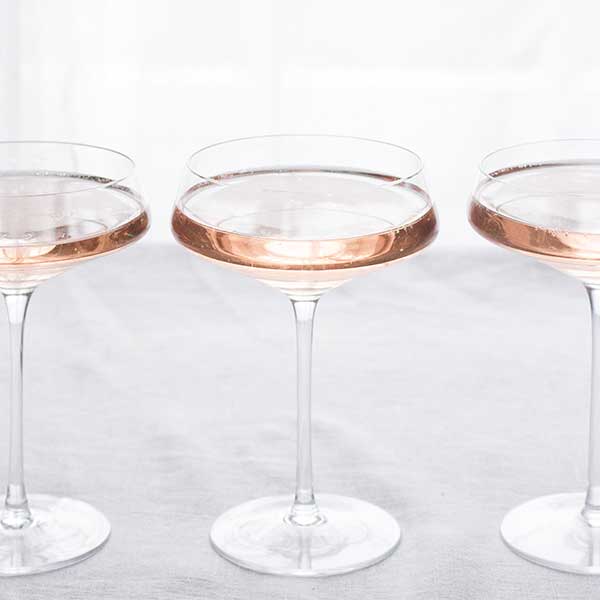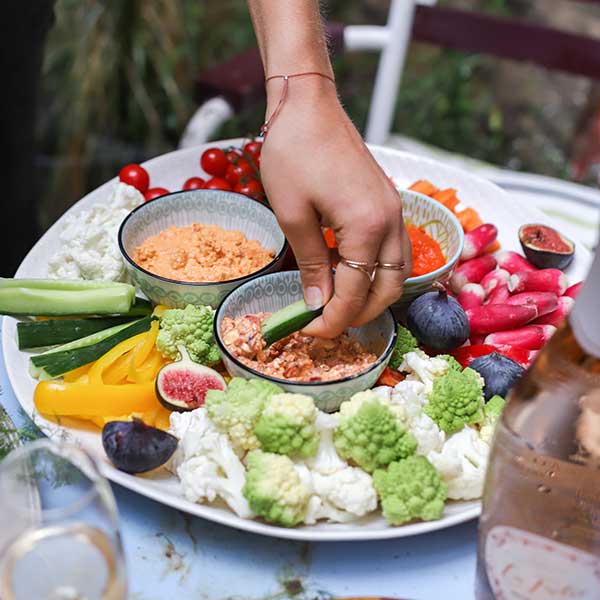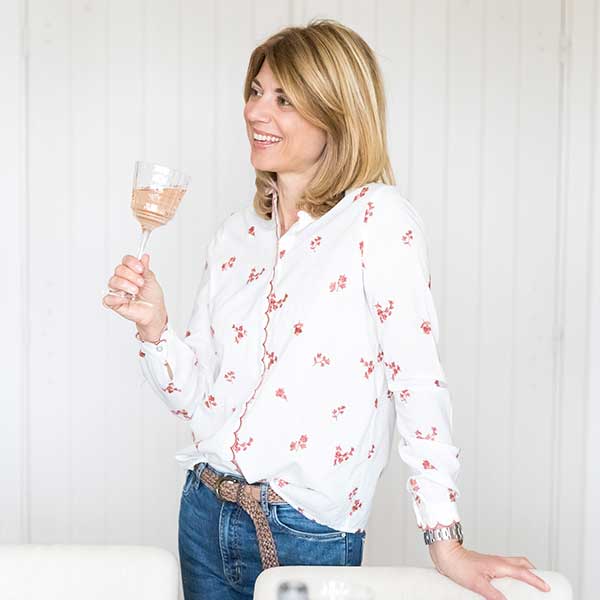How to host a virtual wine-tasting with friends
With strict measures now in place for all of us to stay at home, we may have temporarily stopped going to bars and restaurants but that doesn’t mean we can’t get creative with the way we socialise virtually.
An online wine tasting with friends is a great way to have some fun while we are unable to go out to sample interesting wine selections. We caught up with Mirabeau co-founder Jeany Cronk to find out the best way to host a virtual wine tasting and the best wines to bring along. Now a little planning ahead is required here: you’ll need to invite your friends on an app like House Party or Zoom and share the wines they will need to purchase in advance, as well as the useful tips below.

The first rule of any wine tasting is that it’s important to remember no one is right or wrong and it is meant to be fun, not intimidating. A good wine is a wine you like – it’s personal; this wine tasting is about exploring rather than rigid learning and each wine should instigate a sensory voyage that tells you about history, geography and regional savoir-faire. The experts at Mirabeau wines have researched and set you three interesting wine tastings that you can run safely from your home. All the wine can be bought online and it’s all within a price bracket that remains affordable. But first here are some simple suggestions to make the wine tasting more informative for you and your friends.
Surfaces and smells are important
A white or very pale surface is ideal to conduct a wine tasting, as it helps you to see the colour of the wine much better than a darker surface. So, throw a white or pale tablecloth over a flat surface and lay out your glassware and bottles. You also want to make sure there are no strong scents to interfere with your tasting. I once remember writing tasting notes about a wine, which were, as I realised later, actually relating to my hand cream. The same goes for perfume, room purifiers and if you have chopped onion or garlic prior to the tasting you may also find it dominates forever after.
Glassware
In terms of glassware, the general rule is to have a glass that has a relatively wide surface at the bottom, where the wine is, and a narrower opening at the top to concentrate the aromas, where your nose will be.

There is considerable debate over the best way to taste champagne, but if you’re in for maximum aromas you should chose a normal wine tasting glass rather than a flute or a coupe (sorry style gurus). Most standard wine glasses will do the trick, especially given the circumstances.
Tasting snacks
In terms of snacks to accompany your wine tasting, it all depends on how much of an occasion you want to make this online meet-up, but if you do want to keep things simple, it’s great to have: toasted bread (good to cleanse the palate), some hard cheeses, some cured meats and crudités with dips to munch on.
 But no snacks are fine too! Just make sure you don’t choose something too overpowering in flavour, which might affect your tastebuds. No chilli nachos!
But no snacks are fine too! Just make sure you don’t choose something too overpowering in flavour, which might affect your tastebuds. No chilli nachos!
Wine temperatures
Another important factor is the temperature you’ll be serving your wine at. A lot of wines will actually have a serving temperature suggestion on the back label, but if they don’t, it’s better to err on the slightly warmer side. We all have a habit to over-chill our wines in fridges that are set to 5°C but in fact a white wine or rosé will have better flavours and aromas at 10-12°C, so get them out of the fridge 15-20 minutes ahead of time. Red wines should be served warmer at around 15°C. Sparkling wines are best served colder, so you can take them straight from the fridge when it comes to tasting.
Tasting notes
If you fancy, keep tasting notes to compare and talk about as you go along or afterwards. If you search for ‘wine tasting template’ on the internet you’ll find plenty of options to download and print out, or you may want to create your own for the evening, having some fun with the description or grading systems. Wine tasting notes usually relate to colour, smell and taste (or appearance/nose/mouth) and you can make it as complex or as simple as you like; typically you should usually give a wine a grade out of 10.
How to conduct your own virtual wine tasting
Generally speaking, it’s best to find a common theme for a wine tasting. For example, taste different wines from the same region to get a feeling for its winemaking, or go by grape variety and sample wines made from the same grape type, but from totally different regions.

It’s easiest to understand the flavours and aromas of a wine when tasted with other wines as you’ll have something to compare it to. Below you’ll fine suggested choices for three bottle tastings. Of course, you don’t have to drink ALL the wine in one go. Wine will keep between 3-5 days once recorked and put in the fridge, although it might not be quite so vibrant in the following days.
Even if you’re only tasting one bottle of wine, talking about it with your online friends and comparing notes – what you thought of it and what you ate, will let you build up a resource to help increase your knowledge about what wine you like and help you choose in future.
Wine tasting suggestions
Here are the Mirabeau team’s suggestions for three tastings that cover a rosé tasting, a pinot noir varietal tasting and a tasting of new regions producing sparkling wine using the traditional method of champagne. You might not be able to get exactly the same wines but you can see the principles used and make your own choices from what’s available.
Rosé wine tasting
Three different styles of rosé from the Old World wine producing countries (France, Italy, Spain, Portugal, Greece, Austria, Hungary, and Germany).
1: (Spain) Miguel Torres Pinot Noir Rosé. Grape varietal: pinot noir
2: (France) Laurent Miquel Vendanges Nocturnes, Sud de France. Grape varietals: cinsault, syrah
3: (France) Mirabeau Pure, Côtes de Provence. Grape varietals: grenache, syrah
Red wine tasting
This wine tasting focuses on different expressions of pinot noir from three different parts of the world. Typically, pinot noir is highly versatile, classic and elegant in Burgundy, France; silky and delicate in Germany’s Baden region; and richer in Central Otago, New Zealand.
1: (France) Joseph Drouhin, Rully
2: (New Zealand) Nanny Goat Pinot Noir, Central Otago
3: (Germany) Karl H Johner Enselberg, Pinot Noir
Sparkling wine tasting
All of these wines are produced Méthode Traditionnelle, meaning they use the same winemaking process as in the Champagne region in France. See if you can draw comparisons with champagne, as well as differences!
1: (South Africa) Graham Beck Brut NV. Grape varietals: chardonnay, pinot noir
2: (Australia) Bird in Hand Sparkling Pinot Noir
3: (France) Cave de Lugny Sparkling Burgundy Blanc de Blancs NV
We really hope you enjoy Jeany’s virtual wine tasting experience and please feel free to give any feedback or ask questions in the comments section below.
Subscribe to our magazine
Food stories, skills and tested recipes, straight to your door... Enjoy 5 issues for just £5 with our special introductory offer.
Subscribe
Unleash your inner chef
Looking for inspiration? Receive the latest recipes with our newsletter